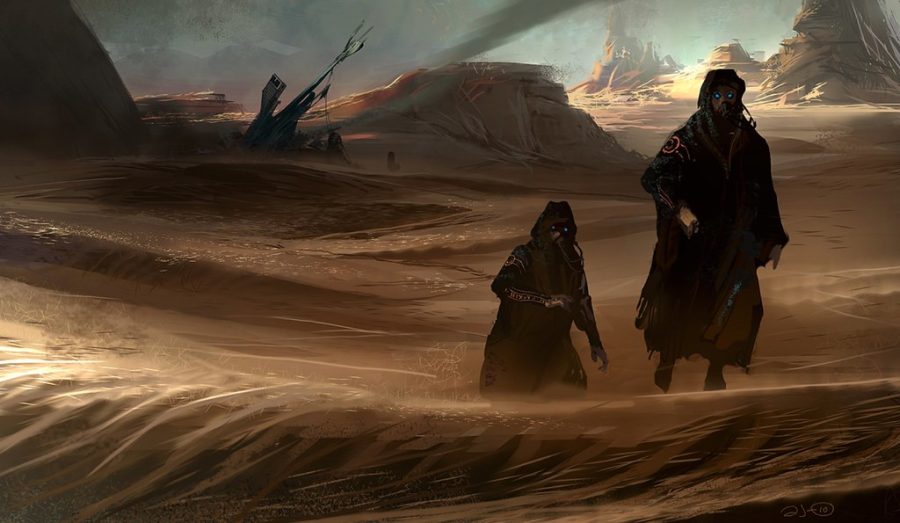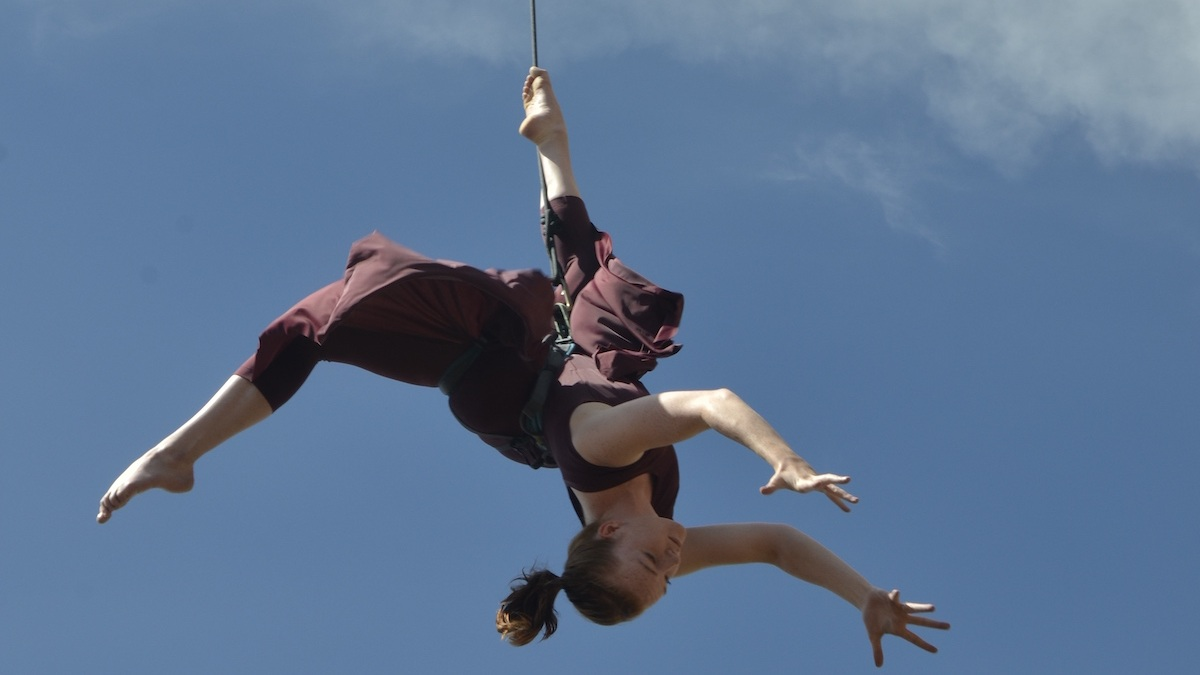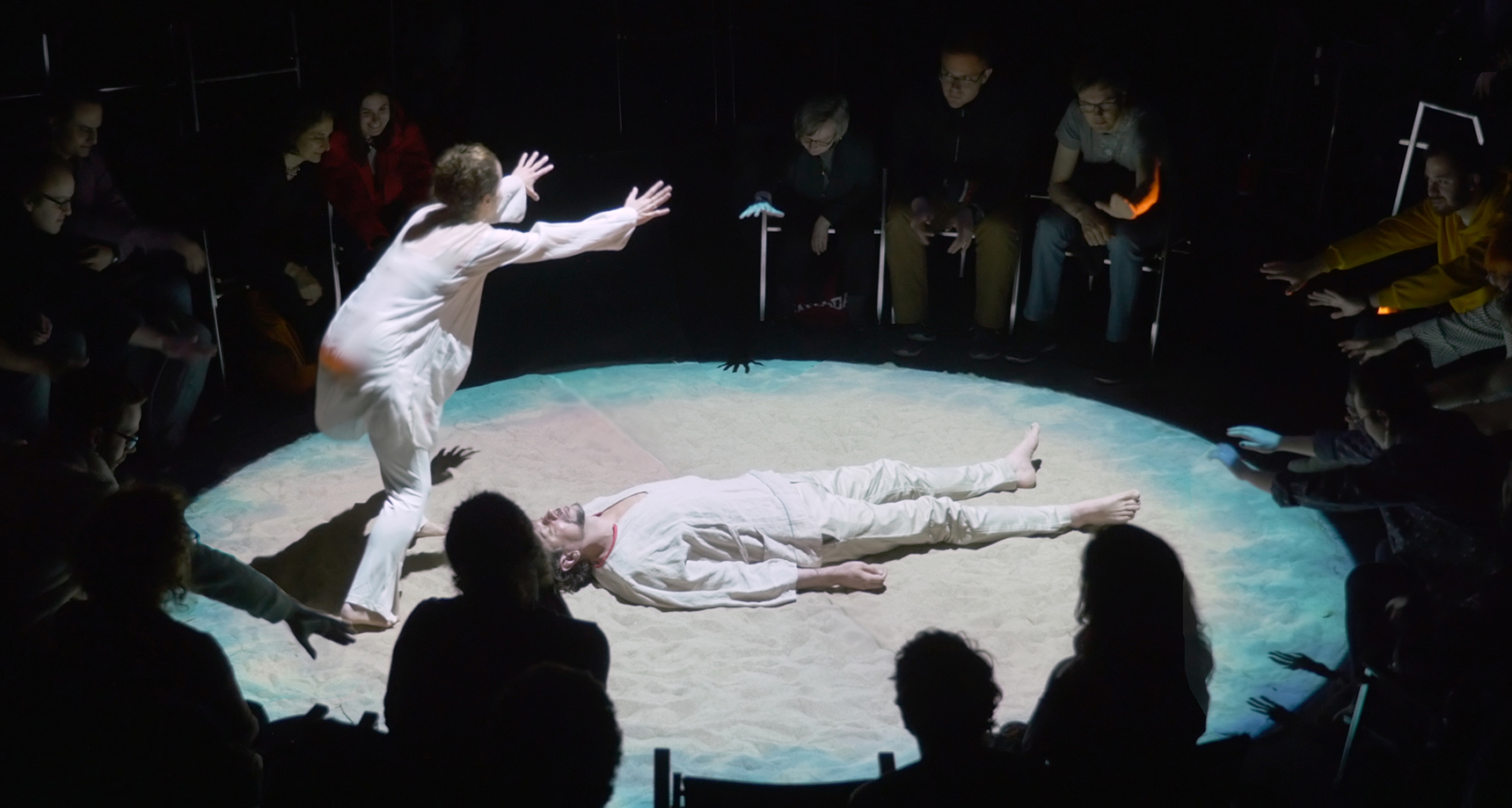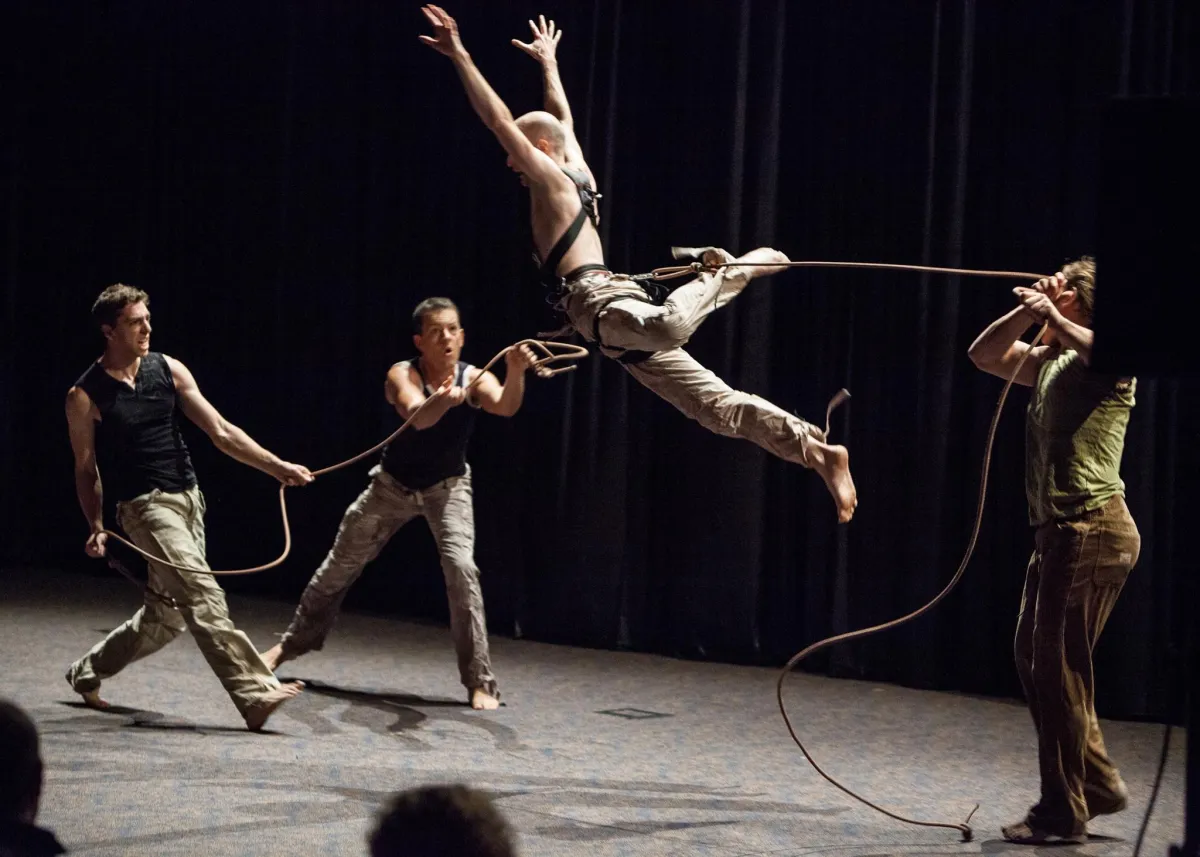scrapfellow.com – Denis Villeneuve’s Dune (2021) is more than just a sci-fi epic—it is a cinematic work of art, blending stunning visuals, masterful cinematography, and immersive sound design to bring Frank Herbert’s legendary novel to life. From its breathtaking desert landscapes to its intricate use of light and shadow, every frame of Dune is crafted with artistic precision.
In this article, we explore the cinematic artistry that makes Dune a visual and storytelling masterpiece.
1. Cinematography: The Power of Visual Storytelling
Villeneuve, along with cinematographer Greig Fraser, uses a combination of natural lighting, vast landscapes, and intimate close-ups to immerse the audience in the world of Arrakis.
🎥 Key Cinematic Techniques in Dune:
- Wide-angle shots – Capturing the vastness of the desert and the isolation of the characters.
- Use of natural light – Many scenes rely on the sun’s harsh lighting, adding realism and depth.
- Color palettes – The film contrasts the warm, golden hues of Arrakis with the cold, sterile blues of Caladan (House Atreides’ homeworld).
- Silhouettes and shadows – Often used to enhance mystery and tension, such as Paul Atreides’ visions.
⭐ Example: The iconic shot of the sandworm emerging from the desert, where the massive scale of the creature is emphasized by the tiny human figures in the foreground.
2. Production Design: Creating a Lived-In Universe
The world of Dune is both futuristic and ancient, blending sci-fi elements with classical and tribal influences. The production design, led by Patrice Vermette, ensures every detail feels authentic and immersive.
🏛 Key Elements of Dune‘s Production Design:
- Brutalist Architecture – The massive, geometric structures of Arrakeen (the capital of Arrakis) reflect the power and harshness of the desert.
- Minimalist Interiors – House Atreides’ palace is grand yet stripped-down, emphasizing function over extravagance.
- Costume Design – The stillsuits worn by the Fremen are practical, designed to conserve moisture, while the elegant robes of House Atreides reflect their nobility.
⭐ Example: The design of the ornithopters, dragonfly-like flying machines, combines futuristic aerodynamics with an insect-like aesthetic, making them feel realistic and functional.
3. Sound Design & Music: An Otherworldly Experience
The sound design in Dune is a crucial storytelling tool, immersing the audience in Arrakis’ environment and culture. Hans Zimmer’s powerful, experimental score enhances the film’s mystique and epic scale.
🎵 How Sound and Music Shape Dune:
- The Voice – The eerie, distorted effect of the Bene Gesserit’s “Voice” technique adds depth to Paul’s growing power.
- Sandworm Roars – The sound of the sandworms combines deep rumbles with animalistic growls, making them feel alive.
- Ethnic and tribal influences – Zimmer’s score incorporates throat singing, bagpipes, and chanting to evoke the cultural diversity of the Dune universe.
⭐ Example: The bagpipe procession when House Atreides arrives on Arrakis—a bold, unconventional choice that emphasizes their heritage and military presence.
4. Special Effects: A Balance Between Practical and CGI
While Dune uses CGI, Villeneuve prefers practical effects and real locations whenever possible. This approach gives the film a tangible, grounded feel, unlike many overly digital sci-fi movies.
🔬 Visual Effects Highlights:
- Real desert locations – Filming in Jordan and Abu Dhabi brought the harsh environment of Arrakis to life.
- Practical sets – The throne room, spice harvesters, and stillsuit designs were built to enhance realism.
- CGI augmentation – Used sparingly to enhance, rather than replace, physical elements.
⭐ Example: The sandworm sequences—a blend of CGI and real sand effects—create a breathtaking, lifelike encounter.
5. Symbolism & Visual Themes in Dune
Beyond its technical mastery, Dune is filled with symbolism and visual storytelling that deepen its themes.
🔍 Key Symbolic Elements:
- The Desert as a Metaphor – Represents both danger and rebirth, mirroring Paul’s transformation.
- Light vs. Shadow – Many scenes use darkness to symbolize hidden power (e.g., the Bene Gesserit).
- Paul’s Visions – His prophetic dreams are shot with soft focus and golden light, creating a dreamlike contrast to reality.
⭐ Example: The recurring motif of hands in sand represents Paul’s struggle with destiny—first as a hesitant noble, later as a Fremen warrior.
Conclusion: A Cinematic Achievement
Dune is a rare blend of blockbuster spectacle and artistic filmmaking, setting a new standard for sci-fi cinema. From its stunning cinematography and immersive sound design to its deep symbolism and world-building, every element of the film serves its larger story.
With Dune: Part Two on the horizon, Villeneuve’s vision continues to redefine what is possible in cinematic storytelling.





